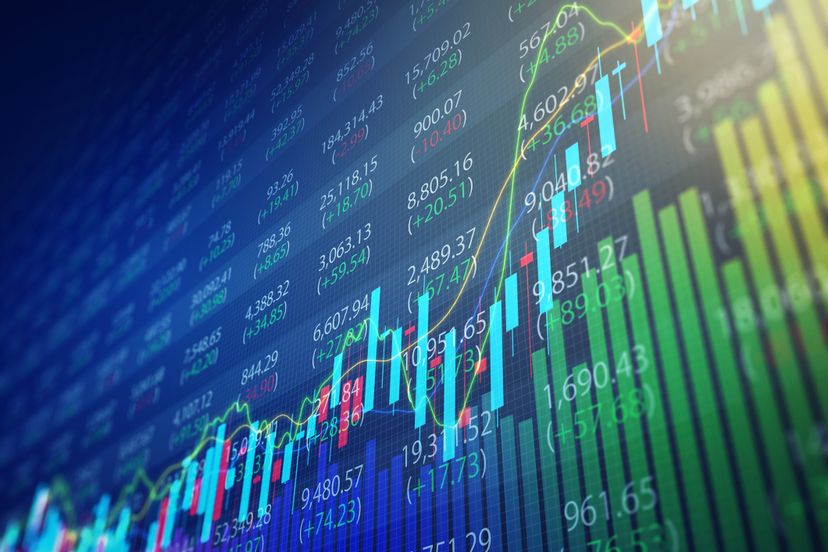Since World War II, GDP has been the leading global economic indicator of a country's economic wealth. And World Population Review states: "Even the wealthiest countries have some citizens living in poverty, and even the poorest countries are home to a number of extremely rich residents — but it is a fair indicator of a country's overall financial health."
But GDP has its critics, especially when GDP is used as a proxy not only for wealth but also living standards.
"GDP is a terrible metric for measuring well-being," says Philipsen. "It's not even a particularly good economic metric. It measures nothing but the output of an economy without differentiating between output that's 'good,' 'bad' or 'neutral.' GDP measures weapons as much as toys, oil spills as much as health insurance."
Even the creator of GDP, Simon Kuznets, recognized the danger of misinterpreting GDP as anything but a useful economic formula. "The welfare of a nation can scarcely be inferred from a measure of national income," Kuznets told Congress in 1934.
New Trends Bucking Old Consumptions
Traditionally, there was an assumption that a country's GDP growth ran parallel with overall improvements in the standard of living, but those trends haven't held up. Philipsen points out that the United States, despite having the highest GDP in the world (by far), is experiencing a shocking decline in average life expectancy.
The fact that Americans are dying younger on average than people in less wealthy countries is a sign that there must be more to well-being than economic growth at any cost.
"My primary argument is that the emphasis on GDP — which is all about unfettered economic growth and return on investment — is not only unsustainable, but it's entirely undesirable," says Philipsen. "It does not make life better."
GDP Adjusted by Purchasing Power Parity
Another lens that we can look at a nation's GDP is through the lens of Purchasing Power Parity (PPP). The concept of PPP is that we take our nominal GDP figure and then multiply or divide it by a function of the cost of common economic goods like food and housing.
This measures not only how much money is stored in the country but also how economically accessible it is to the average person.
If we take our 2023 GDP data and then adjust it by purchasing power, China is considered the No. 1 ranking country, with $34.6 trillion in PPP. The United States follows with $27.4 trillion PPP, and India with $14.5 trillion PPP.
This points to countries like India and China becoming more economically viable for more people thanks to affordable goods and services produced at home.
